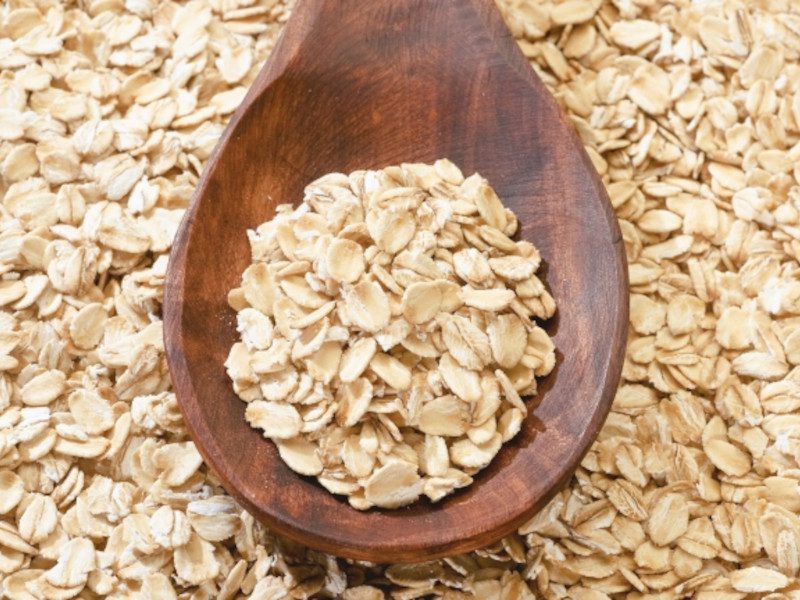Lallemand explores the essential role of preservatives in extending shelf life, reducing food waste, and meeting the growing demand for clean-label products
The bakery industry relies on preservatives to extend the shelf life of products, ensuring freshness from production to consumption. Preservatives inhibit microbial growth, safeguarding both the product’s integrity and the brand’s reputation. While traditional preservatives have played a pivotal role, consumers are increasingly favouring cleaner labels and natural alternatives. This guide from Lallemand delves into the mechanics of preservatives, the main types used in bakery products, and emerging solutions that align with modern, health-conscious trends.
How Preservatives Work in Baking
Preservatives in baked goods primarily combat bacterial and mould growth, which are significant spoilage agents. For yeast-raised products like bread, Bacillus mesentericus (commonly known as “rope” bacteria) is particularly concerning, as it can survive baking temperatures and result in an unpleasantly sticky texture and odour. Moulds, which often manifest on products after baking, are another frequent cause of spoilage. Controlling contamination is challenging, but the right conditions—warmth, moisture, and acidity—can deter these microorganisms.
Once baked, bread is initially sterile; contamination typically occurs during cooling, slicing, and packaging. Airborne spores, invisible to the eye, may settle on product surfaces and develop into mould. Species like Aspergillus, Penicillium, Mucor, and Rhizopus produce black, green, yellow, brown, and white spores, each with unique characteristics. These moulds flourish under warm, moist conditions, making summer months especially challenging for spoilage prevention. Moisture control through ingredients like sugar and salt can help by reducing water activity. Meanwhile, acidity plays a critical role in preventing spoilage, as lower pH levels deter microbial growth. Increasing yeast fermentation or introducing sour ingredients into recipes can help lower pH levels in the dough, creating a more resilient product.
Most preservatives use acids as active agents, leveraging their pH-lowering properties to inhibit microbial activity. These acids can be classified into three main categories: mineral, organic, and fatty acids, each with its preservation mechanism:
– Mineral Acids: As the strongest acids, they significantly lower pH but do not offer additional antimicrobial properties. An example is calcium acid phosphate, containing phosphoric acid, a common mineral acid preservative used for its potent pH-lowering effect.
– Organic Acids: Organic acids, such as lactic, benzoic, and tartaric acids, also lower pH but come with additional antimicrobial benefits. Raisin juice, rich in tartaric acid, exemplifies an organic acid preservative, offering not only pH reduction but also added mould inhibition.
– Fatty Acids: Specific organic acids like acetic, sorbic, and propionic acids are particularly effective at controlling microbial growth. Calcium propionate, a fatty acid preservative containing propionic acid, is a popular choice in bread due to its strong preservative properties against spoilage bacteria.
Using Preservatives Effectively in Bakery Products
One of the major challenges with preservatives is that, while they inhibit harmful microorganisms, they may also impact yeast activity in fermented products. Calcium propionate, commonly used in yeast-raised products, can slow down fermentation and impact product quality if added to the preferment. Bakers counter this by adding the preservative directly to the dough or opting for yeast strains with greater preservative resistance. Alternatively, increasing yeast quantity may offset any inhibitory effects. Sorbic acid, another potent preservative, is even more challenging, often applied topically post-baking to prevent interference with yeast fermentation.
Natural preservatives are becoming increasingly popular due to their label-friendly appeal. Although both natural and artificial preservatives use similar active ingredients, their sources and properties differ. Natural preservatives are generally used in higher amounts, which can impact the final product’s characteristics. Furthermore, natural alternatives may offer multifunctionality, such as flavour enhancement, but they also tend to come with a higher cost and require precise formulation adjustments.
Read the full article in our latest issue here






